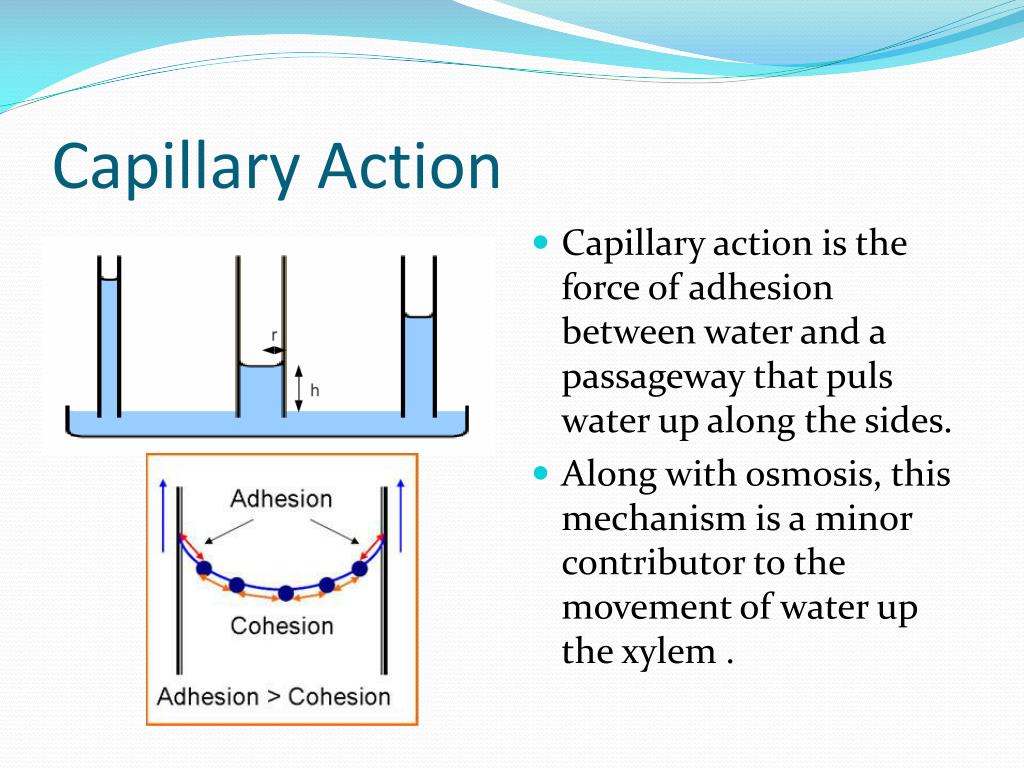

The property of the liquid is known as cohesion.Įvery molecule in a liquid is attracted to other molecules in a liquid by the weakest intermolecular forces, known as dispersion forces or London forces. The particles in the liquid are said to cohere (literally "stick together"). On the right, molecules in the liquid are represented as O and the attractive intermolecular forces between the particles in the liquid are shown as red arrows.īecause all the molecules in the liquid are the same, these attractive intermolecular forces of attraction are referred to as cohesive forces. The forces of attraction between molecules making up a liquid are known as intermolecular forces. These forces are known as cohesion and adhesion.Įvery particle making up a liquid is attracted to the other particles that surround it in the liquid. The forces that allow water to rise up the straw, celery stalk or filter paper, must be strong enough to overcome gravity. Melting snow on a mountain streams down the mountain, not up. If you turn on the water tap, water falls down from the tap, not up. Gravity is a force that pulls things down.


Have you ever stopped to think how odd this is? In the science laboratory you have probably placed a celery stalk in coloured water and watched as the coloured water rises up the capillaries in the celery.Īnd you have probably also undertaken a paper chromatography experiment in which you placed a spot of black ink on filter paper suspended in water and watched the black spot rise up the paper and separate into different colours. Celery, celery, celery.You have been observing capillary action your whole life.Įvery time you place a drinking straw into a fluid such as water, cordial, fruit juice, or fizzy drink, you will have noticed that the fluid rises up the straw as soon as the straw makes contact with the fluid, just like the diagram on the right. Our takeaway from this project: Science is cool. The food coloring allowed us to follow the water’s path up the celery stalk and through the veins in the leaves. Both said they thought it would take several days, but within a few hours we saw evidence of the water’s travel. I asked my kids to predict how long they thought it would take for the celery to absorb the water. So it’s normal for us to say the plant is “drinking” water, but really the water is pulling itself up through the plant. Basically, because water is inherently “sticky,” it clings to the inside of the tube or column inside of the celery, drawing itself up, and, in the process, seemingly defying gravity. These tiny tubes draw up water using capillary action. This vascular tissue in plants is called xylem. Within the stalks of celery there are tiny vertical tubes. Within a few hours you will notice that the leaves have started changing color. Place your stalks of celery into a glass and wait. Get three glasses and fill them halfway with water along with 10 drops of food coloring. To see firsthand what is going on with this process, you can do a little experiment with the old celery lying at the bottom of your crisper drawer.įirst, take your celery and cut off the bottom one inch of the celery stock. Or a paper towel placed in a glass of water. Think of plants and trees which suck up water. Celery sucking up colored water What is capillary action?Ĭapillary action, or capillarity, is the moving of water using forces of adhesion, cohesion, and surface tension. Now I suppose I could chop it up and add it to the stuffing, but I think to myself it’s a great time for a little kitchen experiment instead - a perfect opportunity to learn about capillary action with my kids. So it’s Thanksgiving, and what do we find at the bottom of our crisper drawer, but a bunch of wilted celery.


 0 kommentar(er)
0 kommentar(er)
